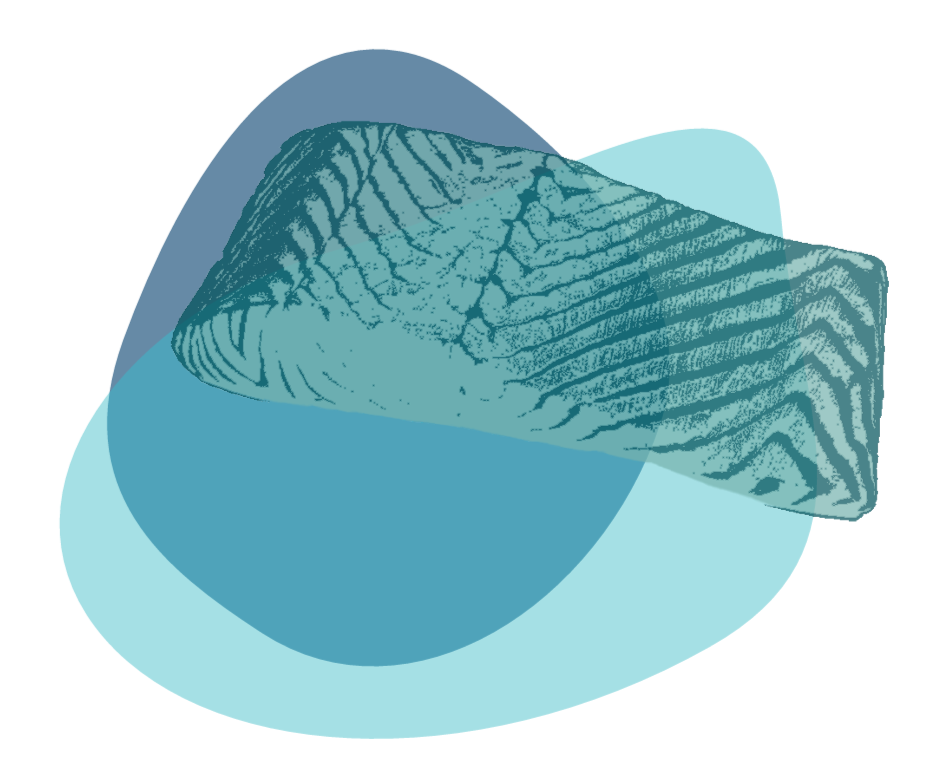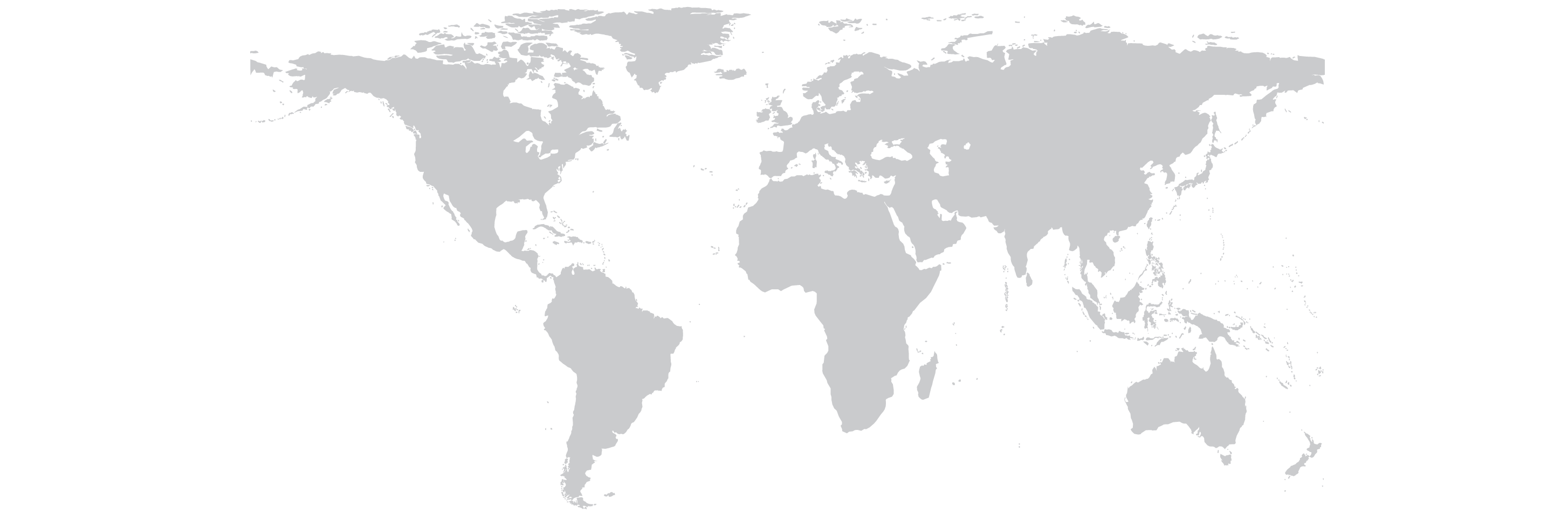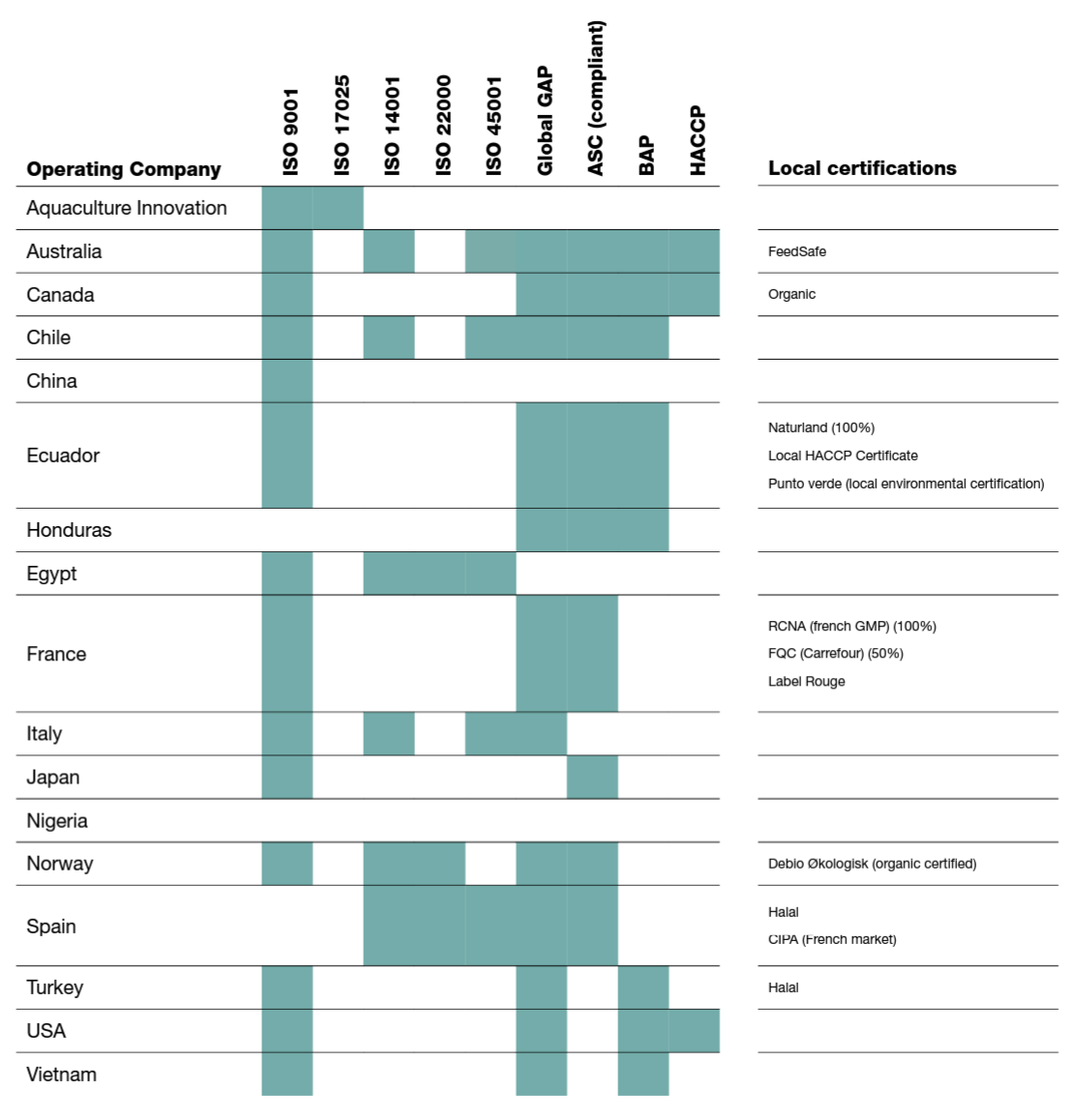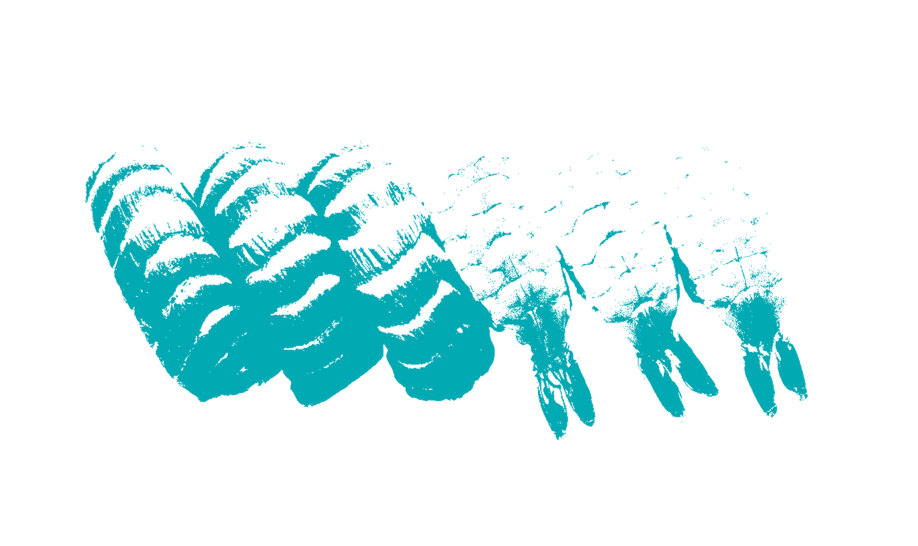
Skretting OpCos are certified to a number of ISO standards which help us ensure that we have consistent quality systems and continuous improvement. We are also certified according to private standards that are important for our customers to gain market access. In 2023 we will work to prepare for compliance with the new ASC Feed Standard.
Below is an overview of certifications and compliance held by our OpCos. Nutrace® is Skretting’s company-wide management programme that ensures feed-to-food quality and safety. All internal operations are audited, and all suppliers undergo a comprehensive evaluation and approval process to ensure premium-quality, renewable and responsibly managed resources. We conduct robust analyses of all approved raw materials - at delivery, throughout the formulation process, and up to the point of feed delivery.




